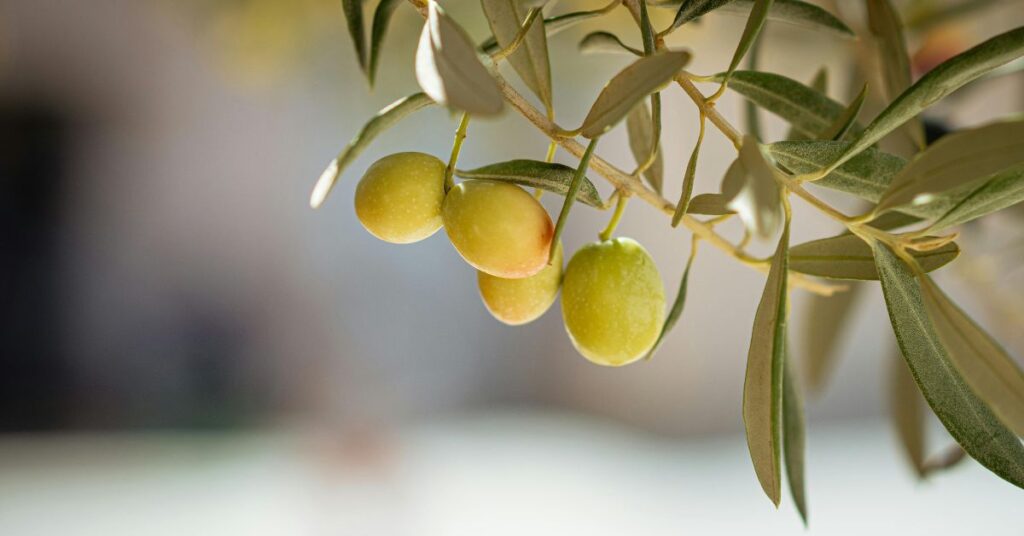
Spain Olive Oil Harvest 2025 Forecast

Expectations, Opportunities & Risks
Spain, which produces nearly 40 percent of the world’s olive oil, remains the heartbeat of the global olive sector. As the 2025/26 season approaches, optimism is returning across Andalusia, Extremadura, and Castilla-La Mancha — yet caution still lingers. Climate volatility, shifting rainfall patterns, and market uncertainty make this year’s harvest one of the most closely watched in recent memory.
Current Backdrop: Where Things Stand
The 2024/25 campaign closed with an estimated 1.41 million tons of olive oil produced in Spagna, according to market data published in June 2025. Prices, which had soared during the drought years, have eased notably — extra virgin olive oil fell to roughly €3.49 per kilogram by mid-year, signaling a return to more stable market conditions. Stocks are now relatively healthy, providing a cushion against volatility, while international demand — particularly from North America and Asia — continues to hold firm. These dynamics set the stage for a potentially strong 2025 harvest, provided the weather remains cooperative.
Forecasts & Production Outlook for 2025
Industry analysts and agricultural experts largely agree that Spain’s 2025 olive harvest is poised for moderate recovery, though not a record year.
Reports compiled by Tempi dell'olio d'oliva suggest a production range between 1.5 and 1.55 million tons, slightly higher than last season but below early optimistic projections that once approached 1.8–1.9 million tons. The more tempered figures reflect weaker fruit set in certain regions due to intermittent heatwaves in May and June, along with limited rainfall during early summer.
Similarly, the USDA’s global forecast anticipates an overall decline in European Union olive oil output to around 1.98 million tons, implying that Spain’s share — while dominant — will remain steady rather than expand dramatically.
Meanwhile, Spanish cooperatives and processors, such as those represented in Origini certificate E Food & Wines from Spain reports, point to a season “returning toward average levels.” Spring rains rejuvenated flowering in many groves, especially in Andalusia, Córdoba, and Jaén, leading to a visibly healthy fruit set.
Taken together, the consensus places Spain’s 2025 olive oil production somewhere between 1.4 and 1.7 million tons, with 1.6 million considered a realistic midpoint under current conditions. Should late-autumn weather remain mild and pest pressure low, the upper end — around 1.8 million tons — could still be within reach.
Drivers Favoring a Strong Season
Several factors support optimism. First, spring rainfall arrived at the right moment, encouraging abundant flowering after years of drought stress. Farmers across key producing zones described groves “painted white” with blossoms — a promising early indicator.
Second, soil moisture has partially recovered, and moderate summer temperatures helped maintain tree vitality during fruit formation. With many cooperatives entering the season with robust stocks and manageable debt, confidence is slowly returning to the sector.
Finally, the Spanish government has activated market-stabilization tools under EU regulation, allowing temporary withdrawal of surplus olive oil if production surpasses expectations — a move designed to prevent price collapses and ensure profitability for farmers.
Risks & Wildcards
Yet, even with encouraging signs, several uncertainties could change the picture quickly.
Autumn rainfall remains the most critical factor: olives still need sufficient moisture in September and October to complete ripening. A dry or excessively hot fall could dramatically reduce oil yield and quality. Heatwaves also pose a persistent threat; temperatures above 40 °C during fruit growth can cause early drop or sunburn damage.
Water scarcity continues to challenge irrigation systems, particularly in Andalusia, where reservoirs are under stress. Pests such as the olive fruit fly and fungal diseases could re-emerge if humidity spikes. Finally, while production may rise, market prices are already under downward pressure; without strong export demand, profitability could shrink even in a good harvest year.
What to Watch Next
As Spain moves deeper into harvest season, key indicators to follow include:
- Official production figures from the Ministry of Agriculture and regional cooperatives
- Rainfall data through October and November
- Olive fruit size, oil content, and early mill extraction rates
- Price trends in the Jaén and Córdoba wholesale markets
- Implementation of any EU stock-withdrawal programs
Bottom Line
IL 2025 Spanish olive harvest appears set for a measured recovery after years of drought-driven losses. Most forecasts cluster around 1.5–1.7 million tons, signaling healthier groves and better-balanced markets. Still, the coming months will determine whether this optimism endures — or if Spain’s farmers must once again battle the unpredictability of Mediterranean weather.
Either way, Spain’s role as the world’s olive oil barometer remains unchallenged, and the 2025 season could mark a turning point toward renewed stability and sustainable growth.